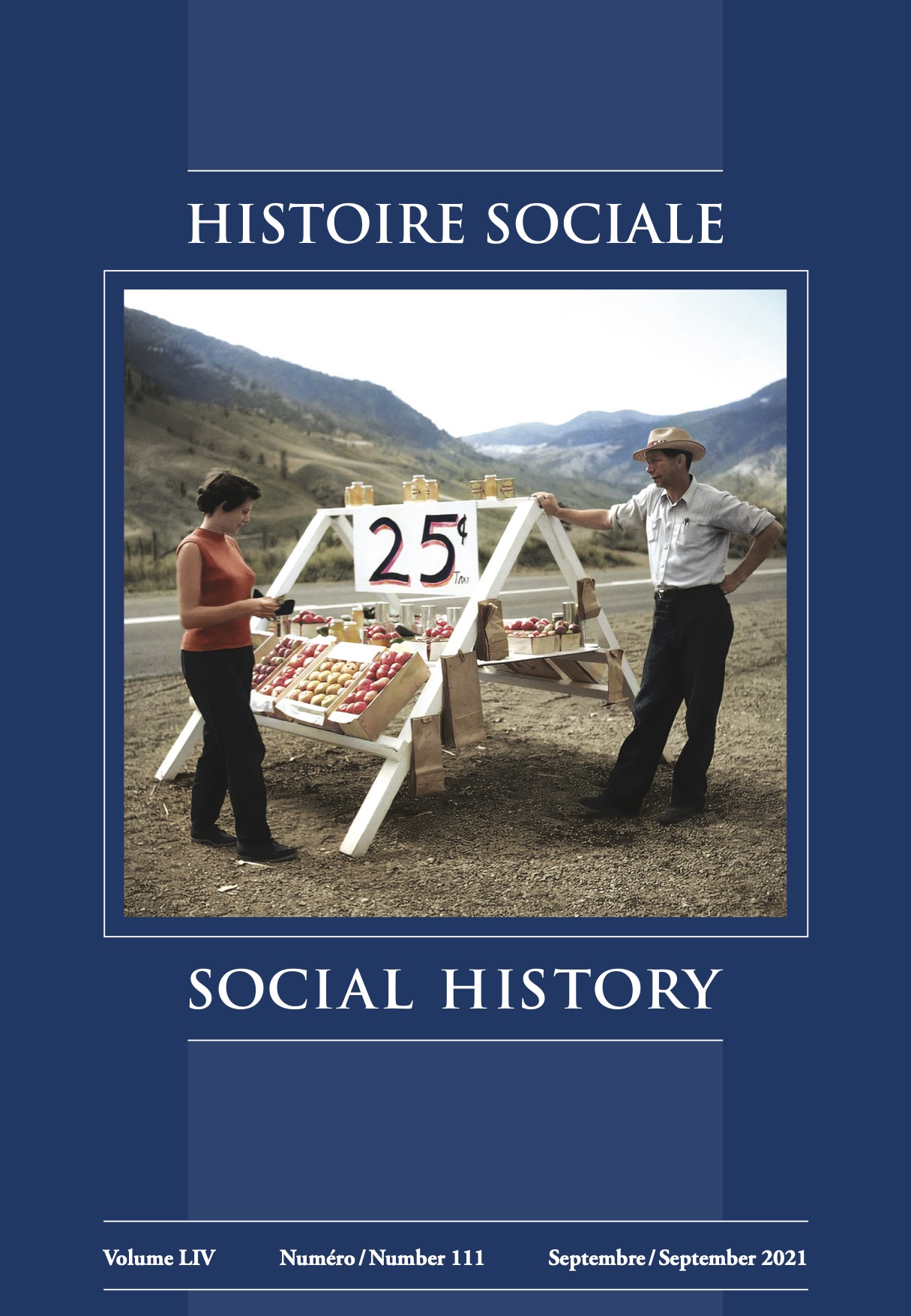These Well-Wooded Towns: Supplying Fuel Wood to Central Canadian Urban Markets, 1867–1921
DOI:
https://doi.org/10.1353/his.2021.0044Abstract
In the late 1860s, Toronto subsidized two narrow gauge rail lines in an effort to meet rising energy demands, make use of its hinterland’s ability to supply firewood, and utilize railway charters to enforce cheap transportation of firewood from the hinterland to the city. Several of the new Dominion’s earliest railways were thus not the typical trunk lines for connecting distant population centres; rather, they were narrow gauge lines that ran into the forest for the purpose of supplying fuel to urban Canadians. Rising fuel prices, however, resulted in debates over what some considered “cordwood monopolies” and broken rail charters. An examination of the records of urban fuel merchants, statistics of locomotive fuel consumption, and Geographic Information System (GIS) maps of national railway freight reveal where firewood markets expanded and how urban firewood consumption intensified in southern Ontario cities. Wood remained an integral part of the modern urban energy system until at least the early 1920s, a period usually considered Canada’s age of coal, because firewood and coal had much in common as solid fuels and railway expansion created new markets for firewood from the Canadian Shield.


